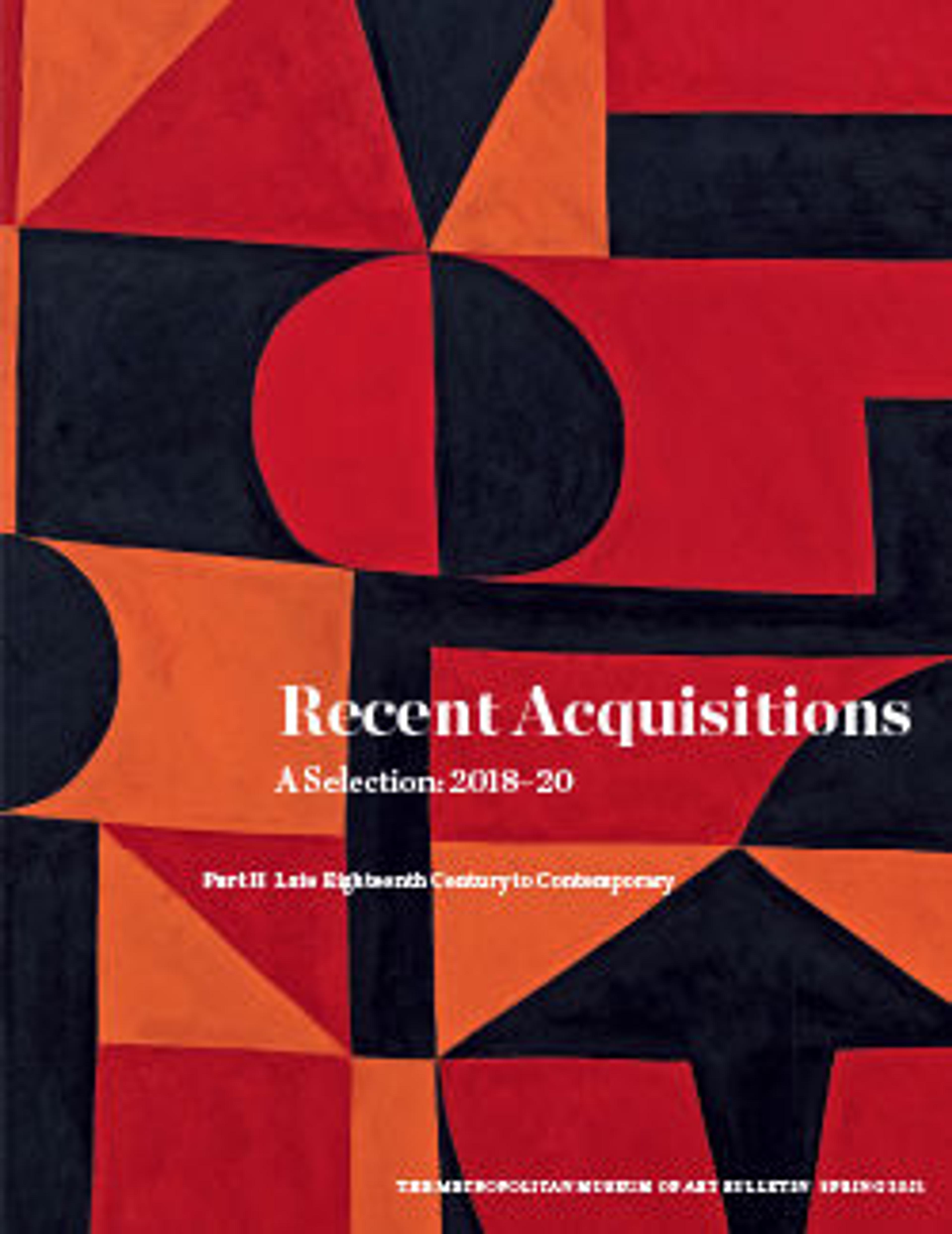Young Woman with Her Hand over Her Mouth
This painting depicts a woman who appears to have been crying or is ill, in the sort of unguarded moment that Degas explored in his art throughout his career. Painted quickly and with great economy, its emphasis on capturing a transient emotional state marks it as a study rather than a formal portrait.
One early owner, the painter Egisto Fabbri (1866–1933), lent the canvas to the first exhibition of Impressionist art in Italy, held at the Lyceum Club in Florence in 1910.
One early owner, the painter Egisto Fabbri (1866–1933), lent the canvas to the first exhibition of Impressionist art in Italy, held at the Lyceum Club in Florence in 1910.
Artwork Details
- Title:Young Woman with Her Hand over Her Mouth
- Artist:Edgar Degas (French, Paris 1834–1917 Paris)
- Date:ca. 1875
- Medium:Oil colors freely mixed with turpentine on canvas
- Dimensions:16 1/4 × 13 1/8 in. (41.3 × 33.4 cm)
- Classification:Paintings
- Credit Line:Gift of the Eugene V. and Clare E. Thaw Charitable Trust, 2018
- Object Number:2018.289.2
- Curatorial Department: European Paintings
More Artwork
Research Resources
The Met provides unparalleled resources for research and welcomes an international community of students and scholars. The Met's Open Access API is where creators and researchers can connect to the The Met collection. Open Access data and public domain images are available for unrestricted commercial and noncommercial use without permission or fee.
To request images under copyright and other restrictions, please use this Image Request form.
Feedback
We continue to research and examine historical and cultural context for objects in The Met collection. If you have comments or questions about this object record, please contact us using the form below. The Museum looks forward to receiving your comments.
